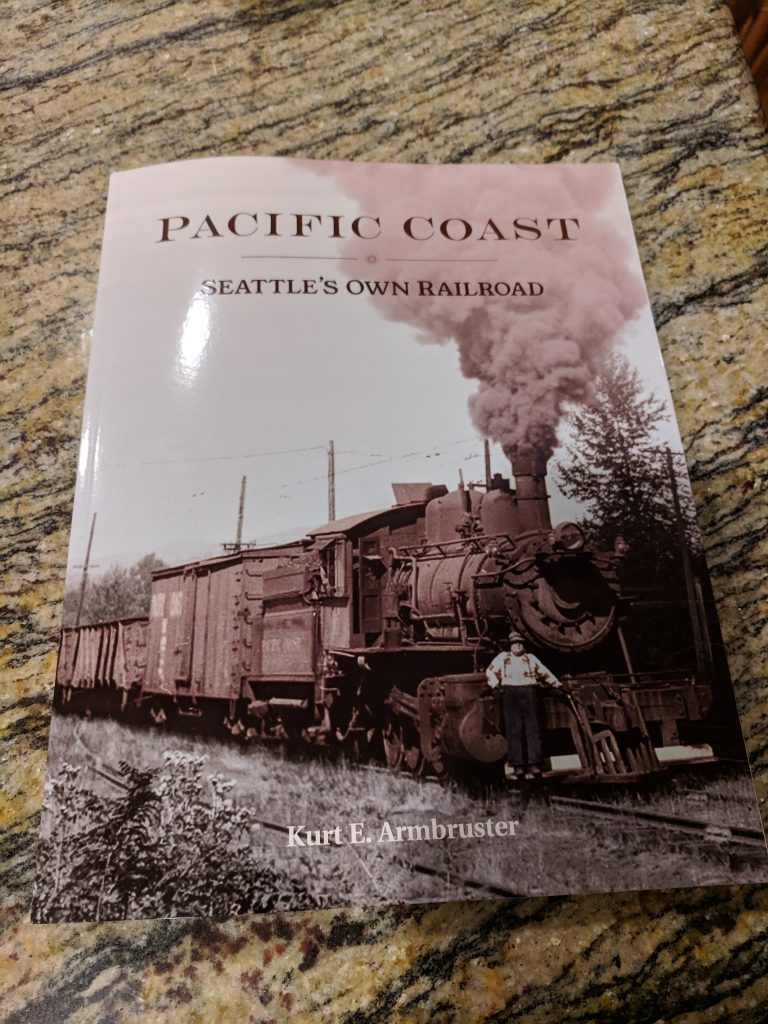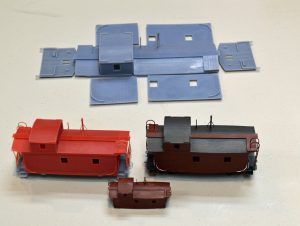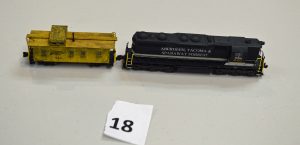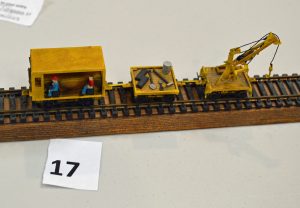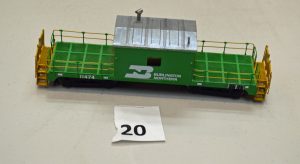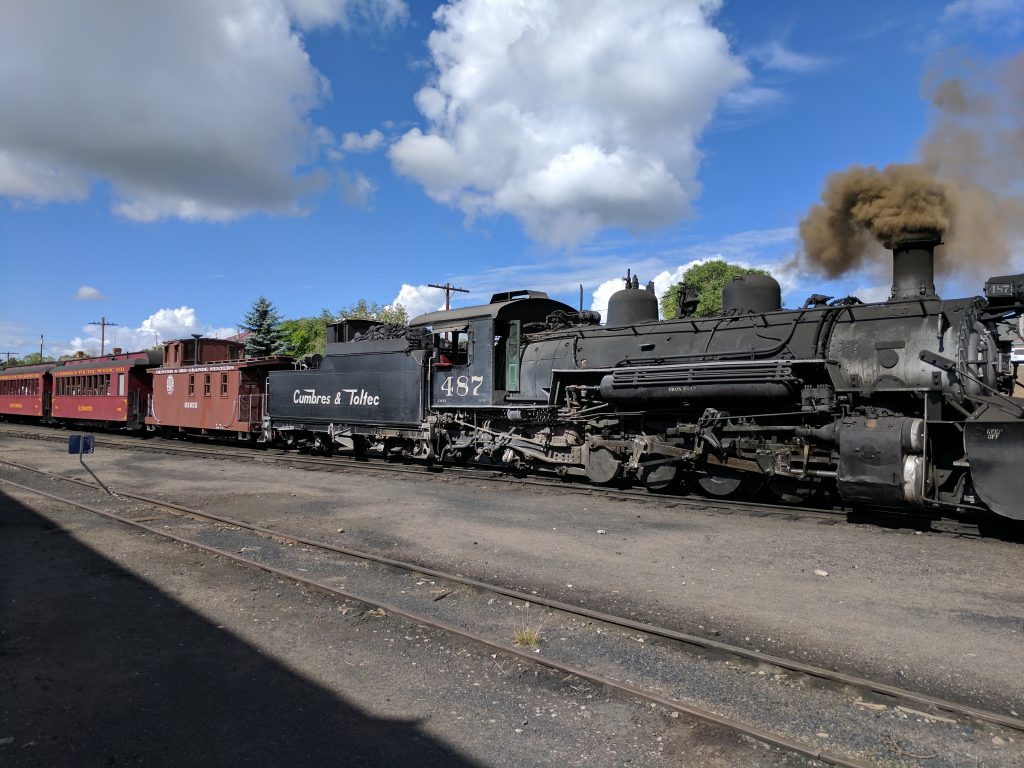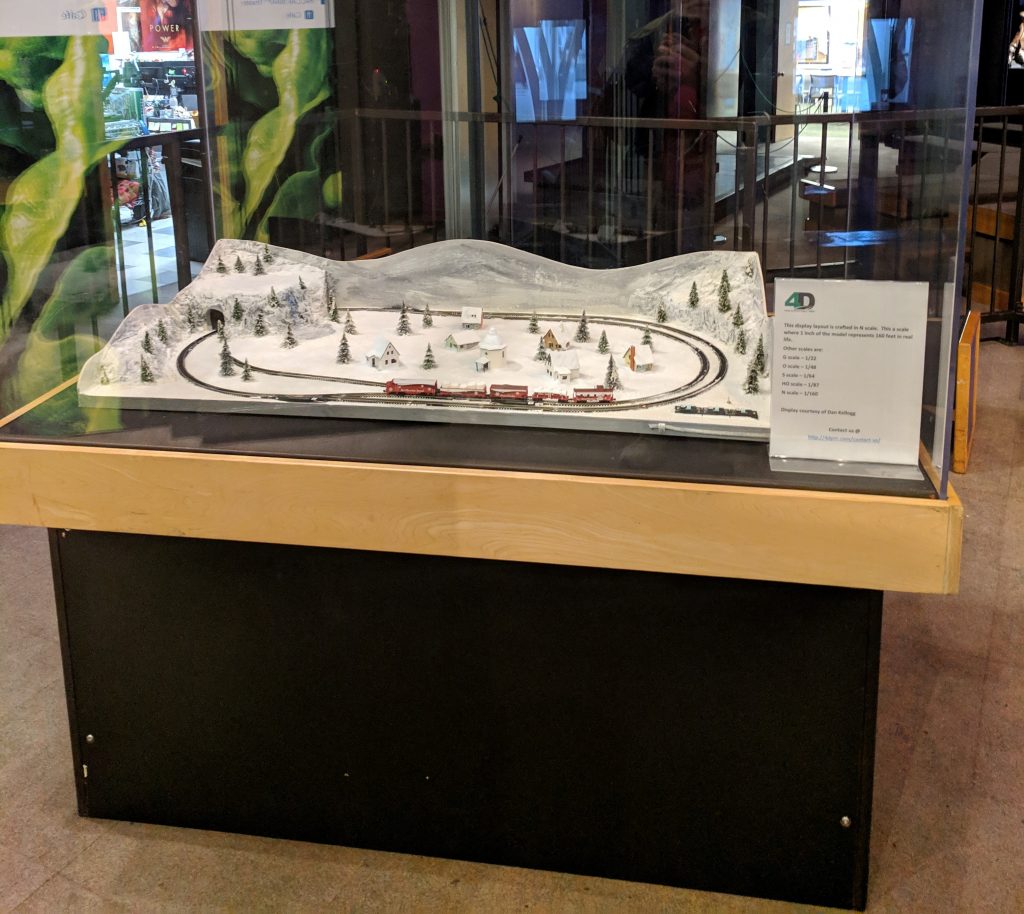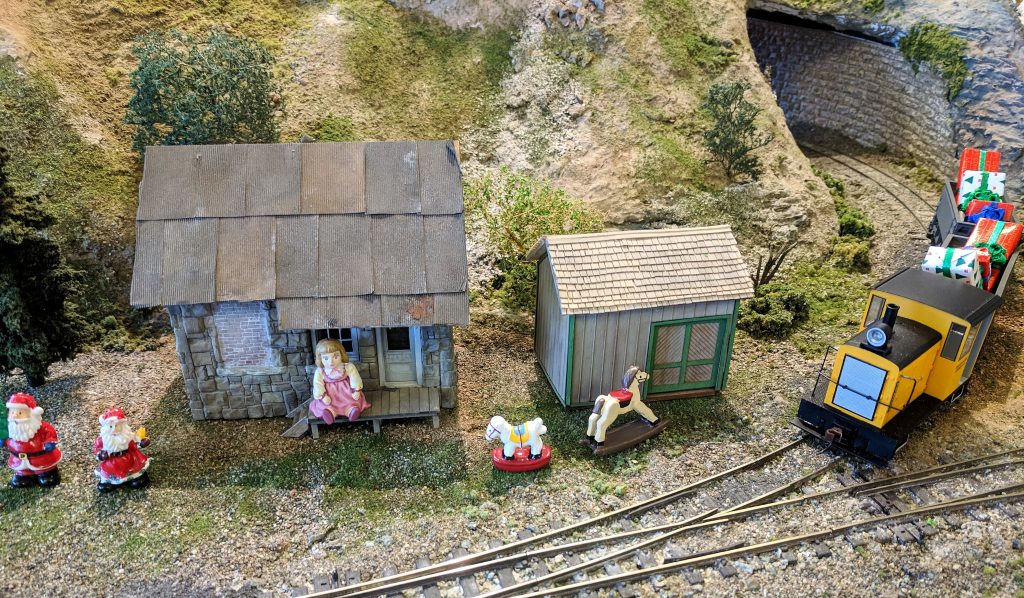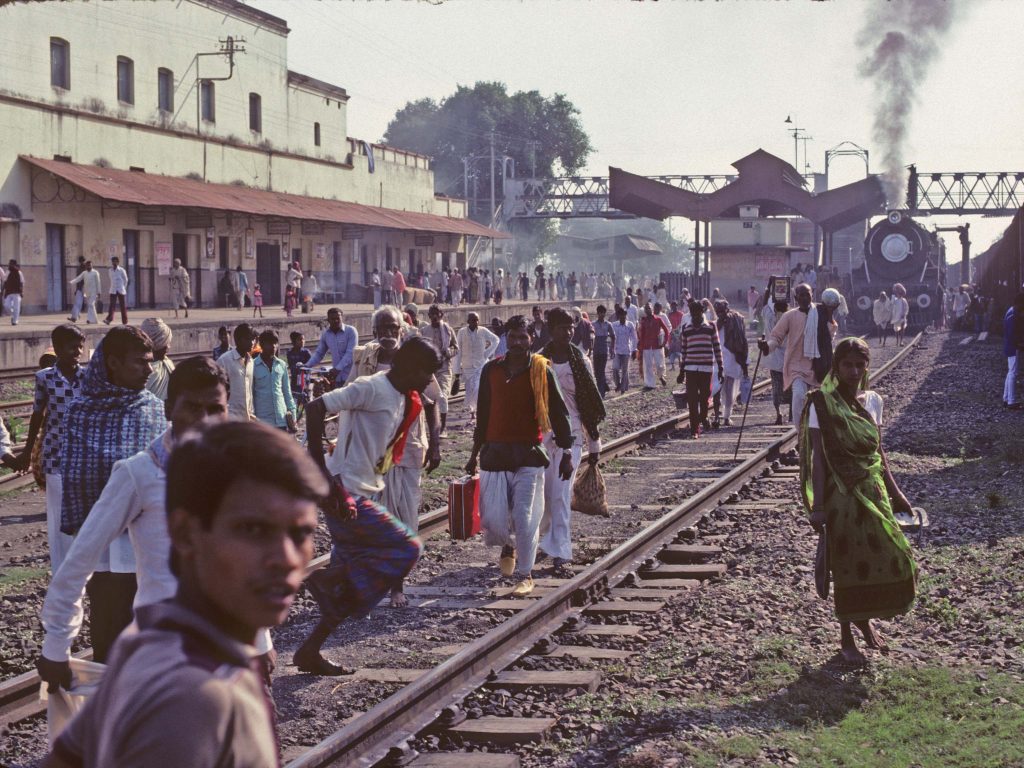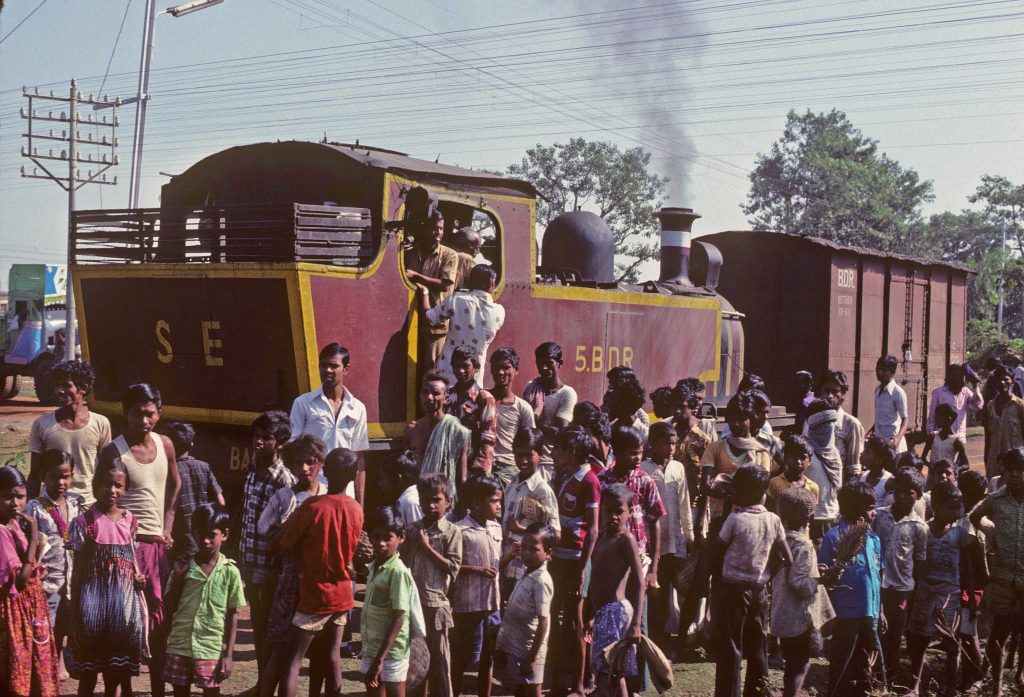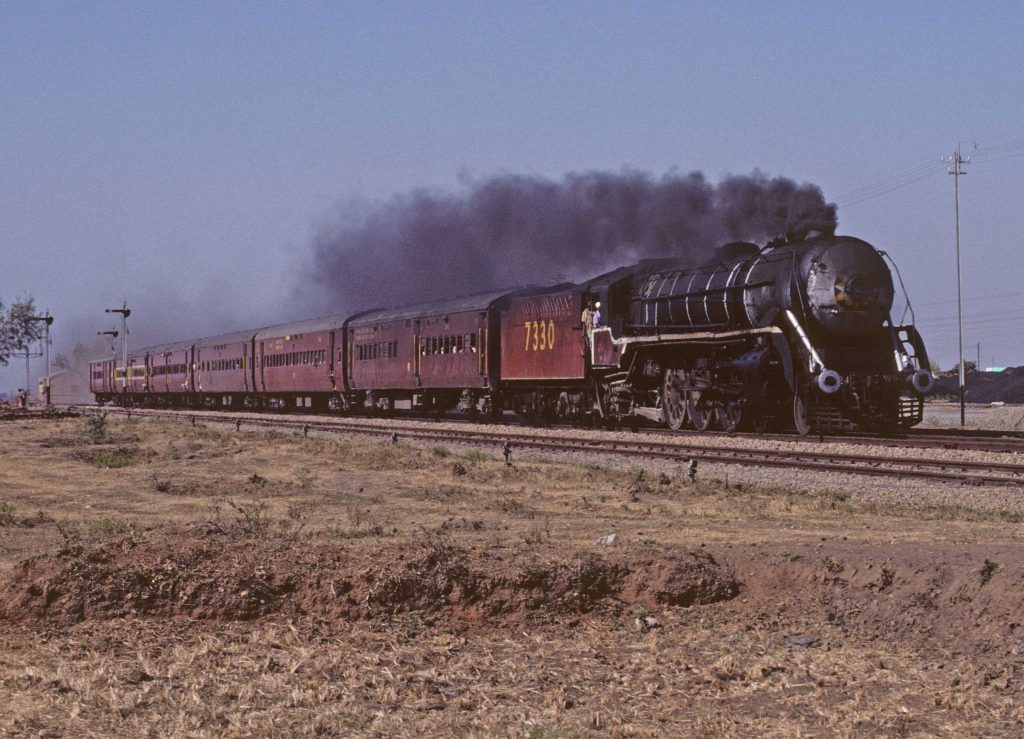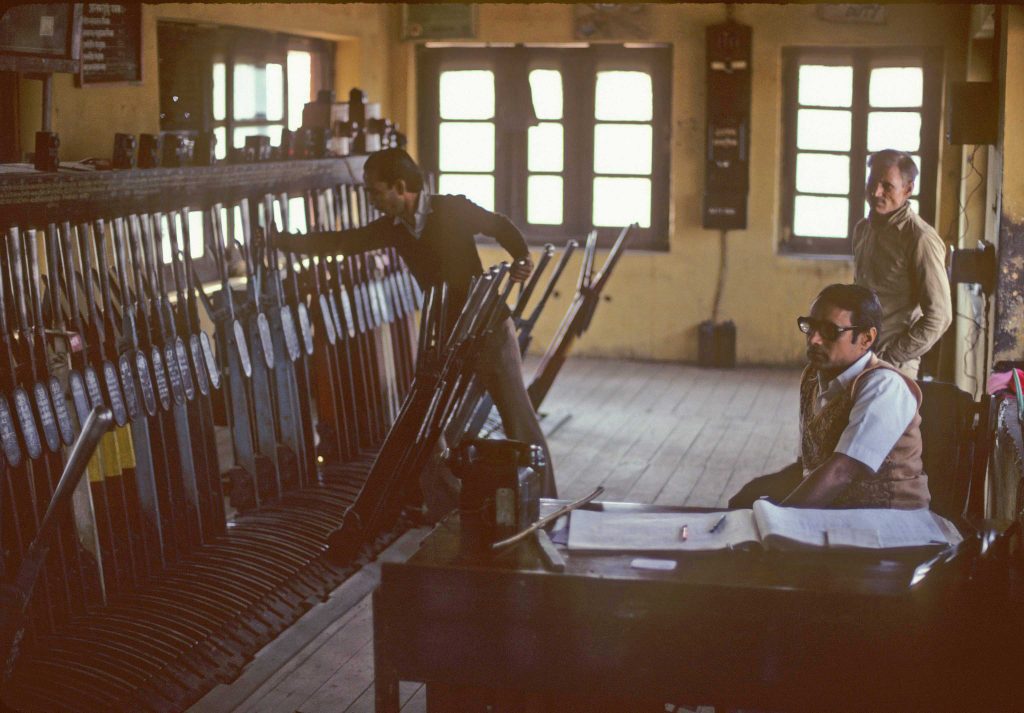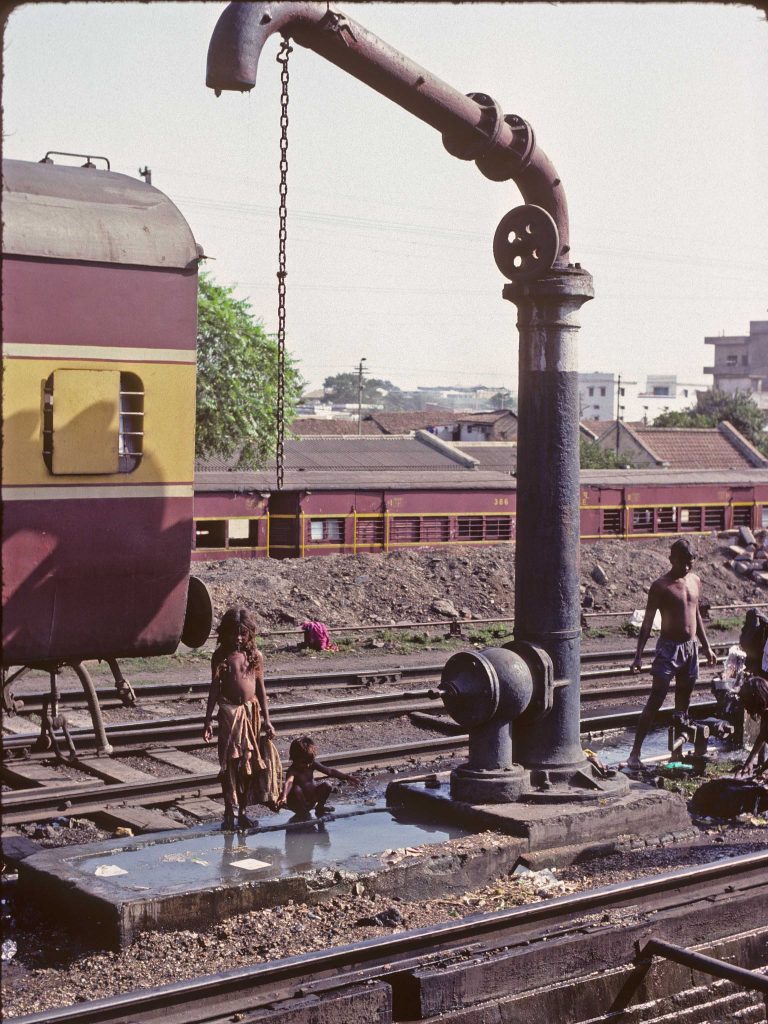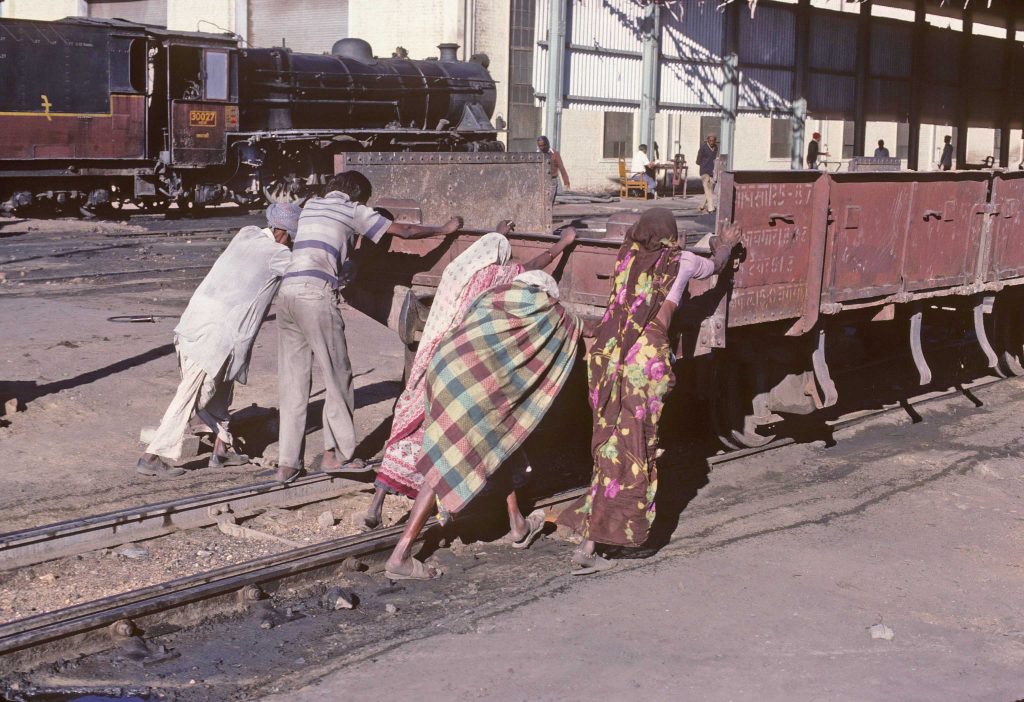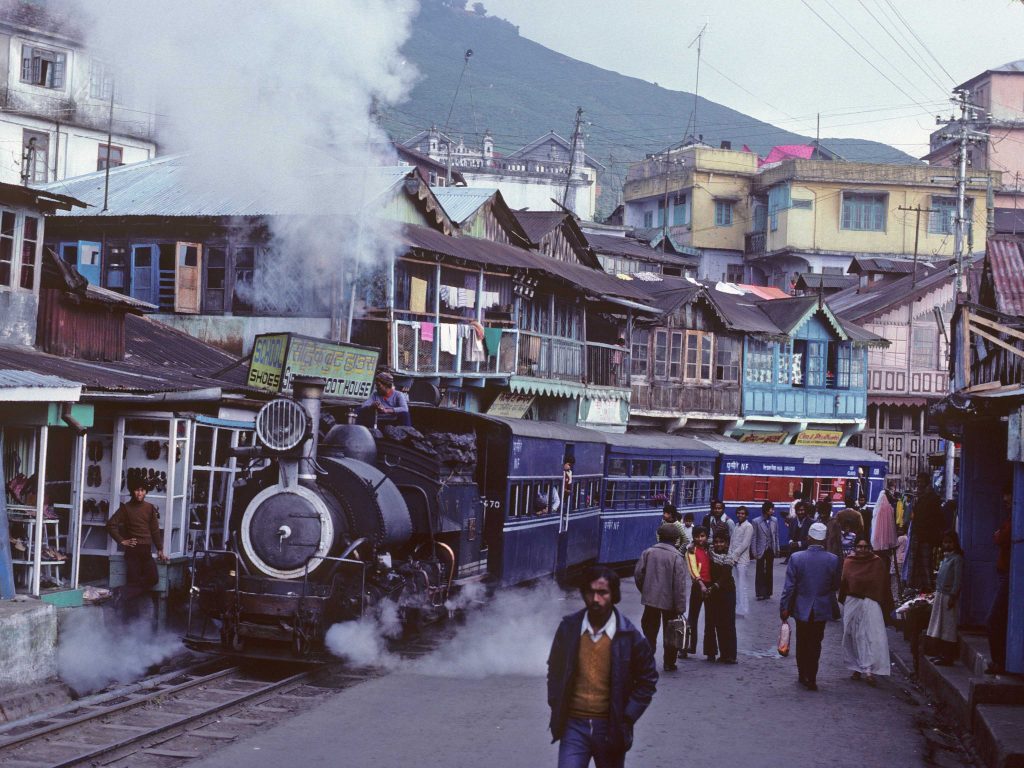By Russ Segner
We need some volunteers!
It is that one time of the year when the general membership of the Fourth Division can show our commitment to our hobby and share it with the public.
The show is this January 19, 20 and 21. Since this is the major source of funds for the Fourth Division, each who can give some time is encouraged to come and help.
Here is a list of places to serve:
Operation Lifesaver needs to be manned all 3 days
N-scale layout needs to be manned all 3 days
On30 switching layout needs to be manned all 3 days
NMRA table needs to be manned 2-2.5 days (Bob R. will be there part of the time)
Build-A-Dream needs to be created and manned all 3 days (someone or several can build a kit or create trees during the show)
Crew lounge needs to be manned 2 days (Ed Liesse will be there on Monday)
Layouts that need help for breaks are as follows-
Whidbey Island switching layout
Cascades-N-Western
Train Mania
Al Rameys Transportation Museum
Mike Petrozzelli’s N scale layout
Ideally, volunteers can be most effective by coming for a four hour shift. Parking script is available and you get into the show free. Refreshments are available in the breakroom.
If you can help, contact David Yadock at hi61izq@hotmail.com; or me at russseg@gmail.com. Call me in the evenings at 206 200 2211.
Russ
